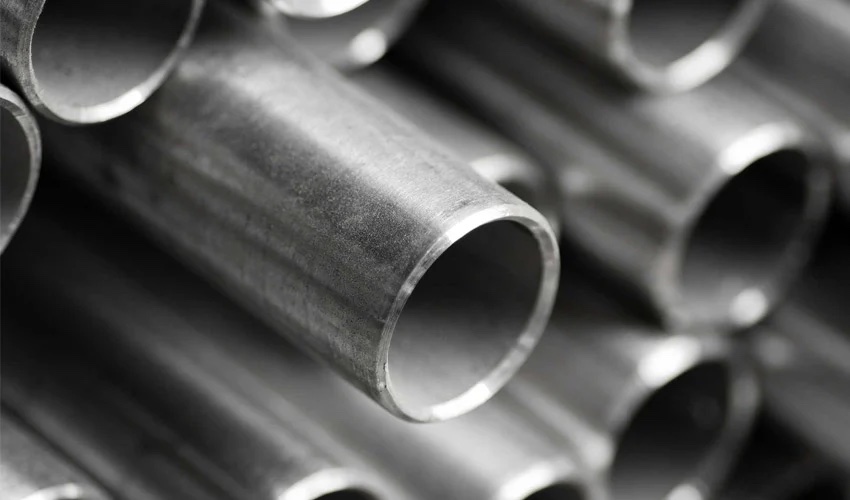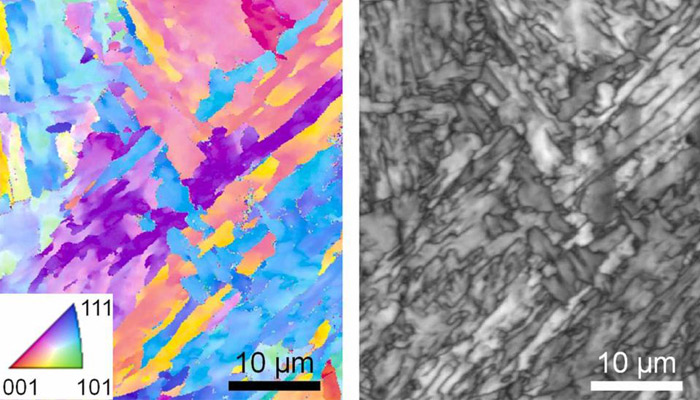Researchers Succeed in 3D Printing One of the Strongest Stainless Steels on the Market

Steel is a metal prized for its resistance to corrosion and is used by many sectors in the 3D printing industry. As is stainless steel which is actually an inox, an alloy made of iron, chromium, and a little carbon. But are you familiar with 17-4 precipitation hardening (PH) stainless steel? This particular stainless steel is a metal that’s also known for being extremely hard, in addition to being corrosion resistant. For the first time, a team of researchers at the National Institute of Standards and Technology (NIST) has reportedly succeeded in 3D printing it while retaining both of these essential characteristics.
Metal additive manufacturing has been growing for a few years now and is expanding a variety of possibilities in many industries, from aerospace to medicine to automotive. However, it poses some challenges which are not easy to master. Metal 3D printing involves a significant variation of temperatures during the manufacturing process when using a material that heats up and cools down extremely quickly. Fan Zhang, a physicist at NIST and co-author of the study, explains, “When you think about additive manufacturing of metals, we are essentially welding millions of tiny, powdered particles into one piece with a high-powered source such as a laser, melting them into a liquid and cooling them into a solid. But the cooling rate is high, sometimes higher than one million degrees Celsius per second, and this extreme nonequilibrium condition creates a set of extraordinary measurement challenges.”

A Microscopic image of a 3D printed 17-4 stainless steel. The colors on the left represent the different orientations of the crystals in the alloy (photo credit: Q. Guo/University of Wisconsin-Madison)
These temperature changes cause some irregularities and it is not always easy to obtain a metal part with the desired properties. The team of researchers, therefore, wanted to know more about the variations in the crystalline structure of a metal, in this case, PH 17-4 steel, in order to obtain the desired properties – hardness and corrosion resistance. To do this, they had to use a synchrotron, which is an electromagnetic instrument that accelerates elementary particles. The researchers explained that they projected x-rays from the device onto the steel in question while it was being printed in order to follow the evolution of its crystal structure. This allowed them to understand a number of factors such as the influence of the alloy’s composition.
Fan Zhang continues, “Composition control is truly the key to 3D-printing alloys. By controlling the composition, we are able to control how it solidifies. We also showed that, over a wide range of cooling rates, say between 1,000 and 10 million degrees Celsius per second, our compositions consistently result in fully martensitic 17-4 PH steel.” By turning to 3D printing, the researchers were able to produce a very high quality 17-4 PH steel while avoiding some of the cooling steps found in traditional manufacturing. Therefore, production could be easier and cheaper by applying additive manufacturing. You can find more information HERE.
What do you think about the use of this steel in 3D printing? Let us know in a comment below or on our LinkedIn, Facebook, and Twitter pages! Don’t forget to sign up for our free weekly Newsletter here, the latest 3D printing news straight to your inbox! You can also find all our videos on our YouTube channel.
*Cover Photo Credits: Futura Sciences







